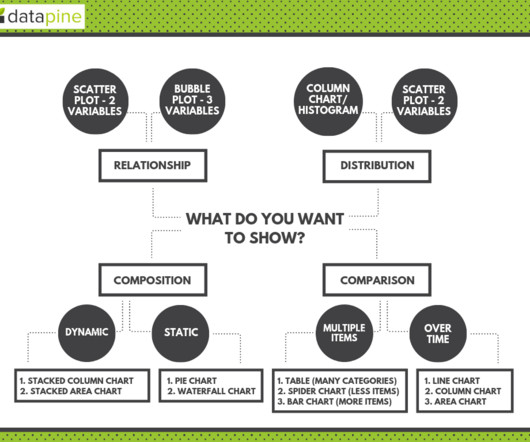6 revealing statistics about career challenges Black IT pros face
CIO Business Intelligence
FEBRUARY 9, 2023
In addition to providing Black IT pros less opportunity for advancement, companies that are not addressing issues that underlie this turnover are also costing themselves talent and money. Here are six revealing statistics that show how far the IT industry still has to go before it can truly become a level playing field.














Let's personalize your content